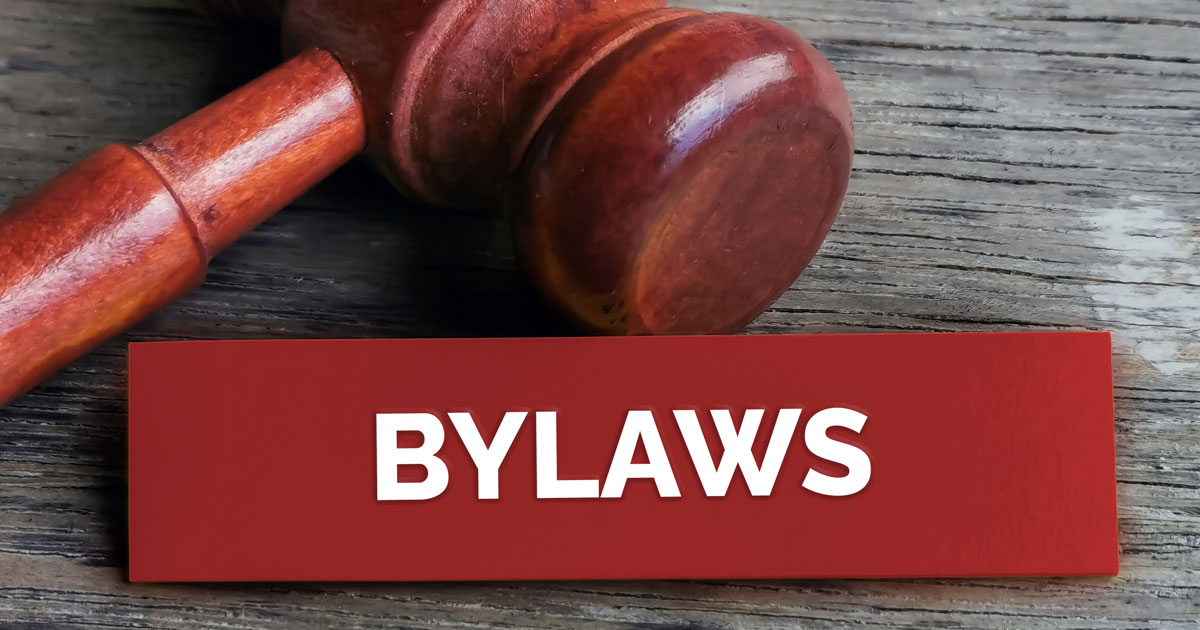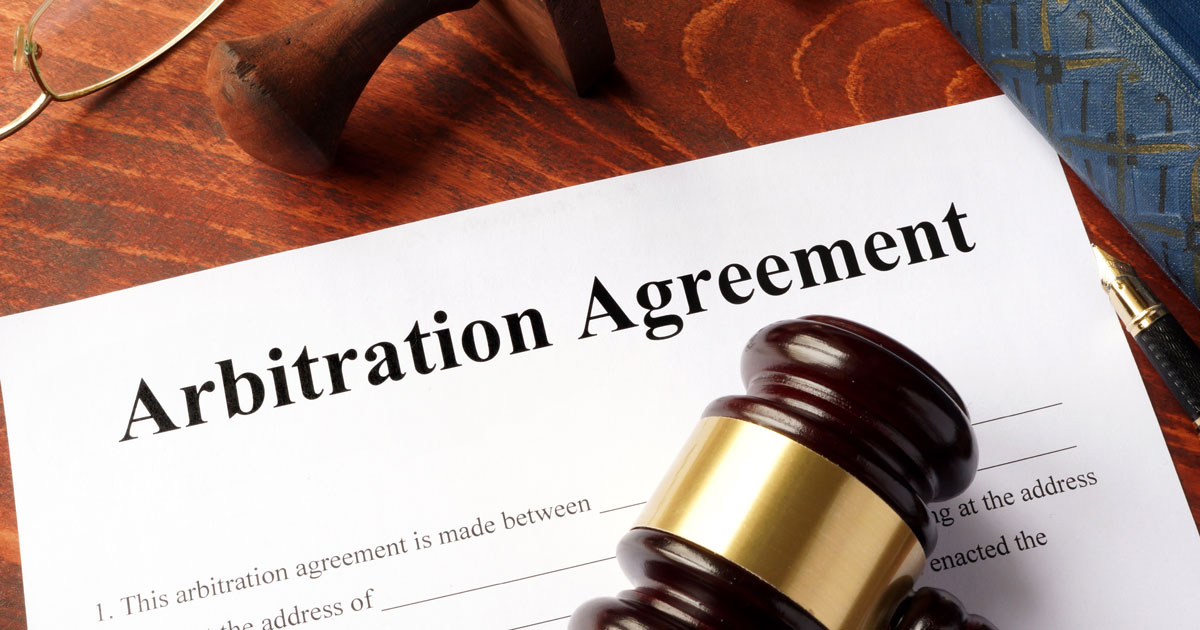Bylaws: A Governance Document; Not Your Operations Manual
Bylaws serve as an organization’s governing roadmap, outlining the rules and procedures that guide operations and strategic focus. Well-crafted bylaws promote clarity and minimize disputes for nonprofits and associations. While there should always be some room for interpretation, poorly written or outdated bylaws can hinder progress and lead to challenges.
Strong bylaws typically include key elements like the nonprofit’s name and purpose, membership criteria, board structure, officer roles, meeting guidelines, committee formation, conflict of interest policies, and fiscal management procedures. Bylaws should also outline the process for making amendments. By using clear, concise language and avoiding excessive legal jargon, bylaws can become easier to understand.
Sometimes Less is More
Bylaws should be comprehensive; however, certain details are better left out. Avoid listing highly specific operational procedures better suited for separate policies or manuals. For example, though a conflict-of-interest policy should be mentioned in an organization’s bylaws, the intricate details of how it operates should be included in a separate document.
This also means that day-to-day administrative and financial management tasks do not need to be included in bylaws. Bylaws should be a framework for governance and not a micromanagement tool. If your organization has an executive director, the bylaws should not be overburdening on the deference that the executive director should have in running daily operations. While boards must have oversight of an organization or nonprofit, oversight comes from policies, procedures, and the fiduciary duties of loyalty and care. Clogging bylaws with oversight requirements and checkpoints will cause confusion and overburden the board with operational decisions that deviate from the overall strategy. Remember: boards govern; staff manage.
Additionally, while an organization should have committees, organizations should consider if it makes sense to identify every committee in the bylaws. While some committees, such as a finance committee, may operate continuously, others may only operate on an ad hoc basis. If there is a committee listed in the bylaws that does not operate regularly, this can cause compliance issues if that committee is not meeting. Ad hoc committees might be better detailed in a policy or procedure document, not the bylaws.
Reviews and Amendments
To maintain relevance of bylaws, organizations should schedule an annual review or checkpoint to go over bylaws. This ensures that they align with current practices, legal requirements, and the evolving needs of the organization. This prevents ambiguity and inclusion of outdated language. Language that is vague should be removed or updated during the review.
Amending bylaws is a crucial practice to maximize their effectiveness. It is essential to follow the procedures specified within existing bylaws, provide adequate notice to stakeholders of any modifications, and document any approved changes meticulously. Remember, bylaws are not mere formalities, they are a vital governance tool. Investing time in drafting clear bylaws and updating them annually, or as needed, reduces overall uncertainty and empowers your organization to achieve its goals.
Levin Ginsburg is a full-service law firm that prides itself on being counselors for all types of businesses and individuals. Regardless of your need, our attorneys exercise great care in being thorough, organized, and efficient in serving clients.



